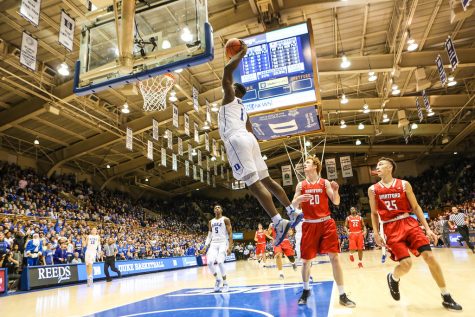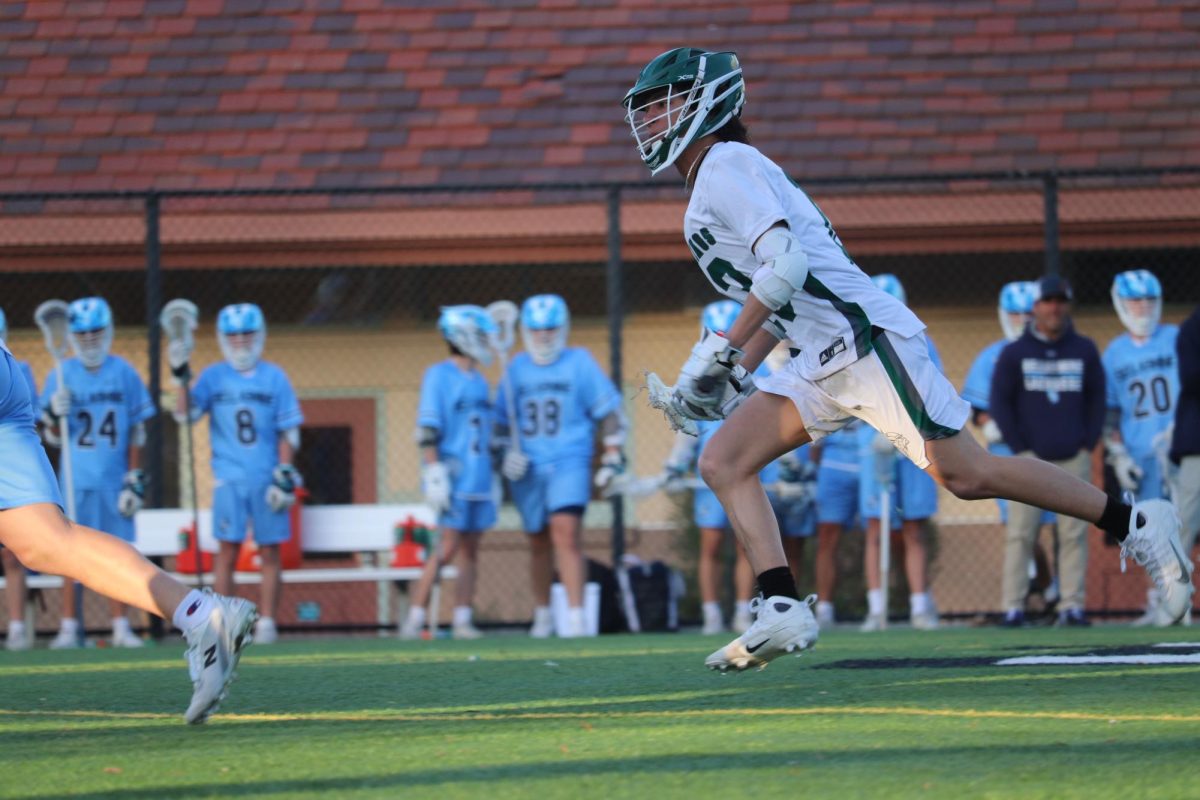NBA Draft Lottery: Followup
May 23, 2019
On May 14, we delved into the 2018 NBA draft, highlighting the fact that while the worst teams in the NBA had a good shot at the first draft pick, it was no sure thing. By the end of that article, we were left questioning whether the NBA’s actions to promote a competitive game really did the opposite.
The NBA originally decided not to simply award the first pick to the worst team in an effort to curtail efforts to lose all remaining games in order to try and gain a draft advantage. For the 2019 draft, however, the NBA changed the lottery odds, with the bottom three teams (those with the worst record) having an equal 14% chance of willing the first pick. The NBA also increased the number of teams selected in that lottery from three to four – underscoring the value of the fourth pick.
With the first lottery under the new odds wrapping up, the New Orleans Pelicans won the right to draft a world-class athlete, a once-in-a-generation player. With the latest odds, the Pelicans had a six percent chance of receiving the number one pick after sharing the seventh worst record in the NBA, instead of the three percent that they would have had last year. These new odds were to try combat teams “tanking” or losing games on purpose to get higher odds in the NBA lottery. These odds that left the New York Knicks awe after they received the third overall pick while having the worst record in the NBA for the 2018-2019 season. Though they still received a top three pick, the odds of them winning the first overall pick would decrease by 15% because of these changes. Despite these miniscule odds, results have shown that poor records are not necessarily worthwhile.
This brings up the question of whether these new odds worsen the competitivity of the league instead of raising it? This is important because the point of the lottery is to give the worst teams in the league the best new talent to build a stronger team, thus raising the competition between teams. The other side of the argument focuses on the fact that, by making the worst team have higher odds to gain the first overall pick, teams will be incentivized to purposely lose all remaining games. As a result of this desire to gain an unfair advantage, some argue, this will create less popular, boring games to watch. With this new system, the NBA has tried to balance these two points of view. The NBA has tried to find a way to make the league as competitive as possible.
We believe that the NBA accomplished their goal and mostly eliminated the need for tanking in the regular season. The most common reaction after this draft was “how did the 7th worst team get the number one pick”, but when looking at the order, you can’t look at a pick as a singular pick, but instead need to look at it as a part of the entire lottery. These changes made a statement to NBA teams stating that tanking is not a viable option in the future because even if you are one of the worst teams in the league, you are not given such a significant advantage over your opponents that losing games is a good option.
The second reason that this these new odds accomplished the mission of the lottery was that the teams with the lowest records were still received picks within the top four. The New York Knicks, with the worst record in the NBA, won a top three pick and the Memphis Grizzlies, tied with the second-worst record in the Western Conference, received the second pick. These examples show that the even with the current odds, the teams with lower records still were able to receive the top picks. Though in the short term, the changes have been useful, only time will tell how affected these changes will be.












